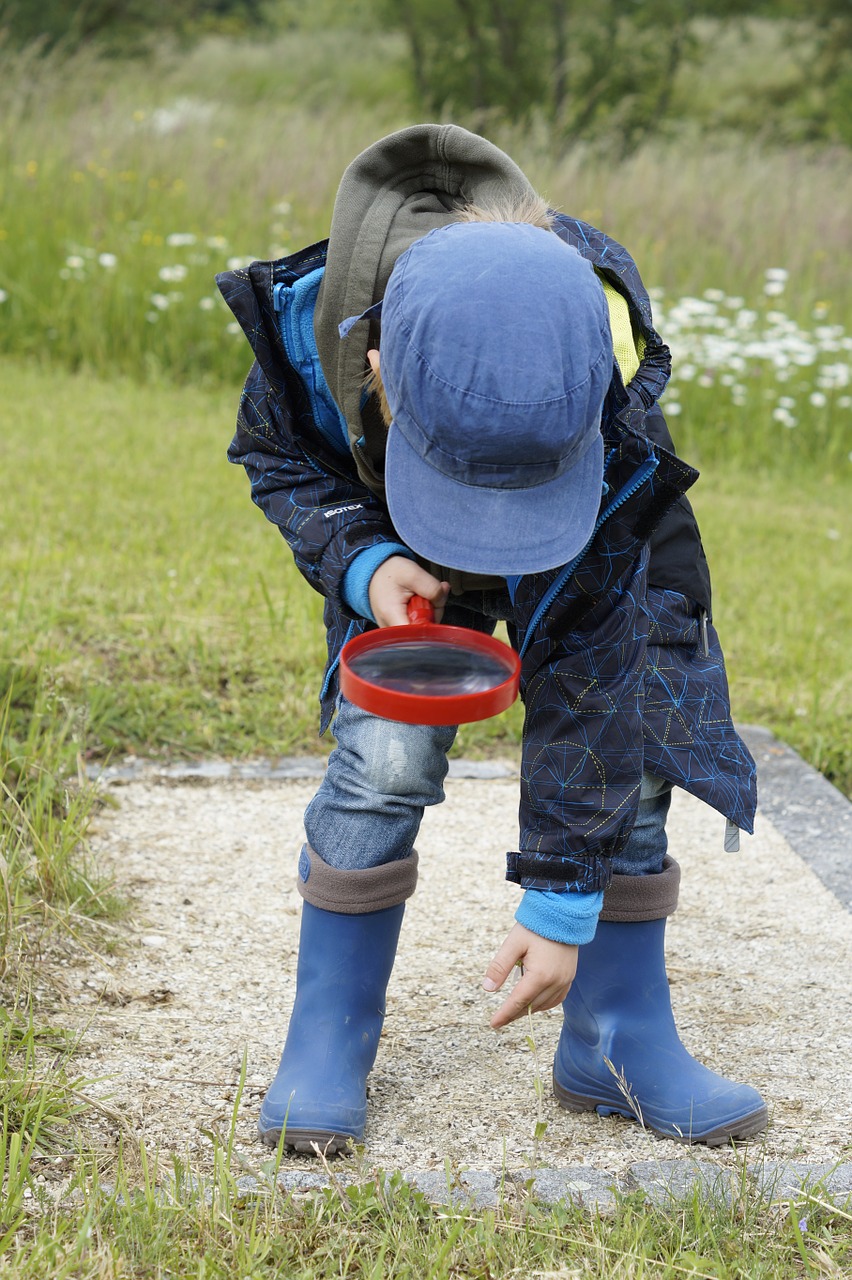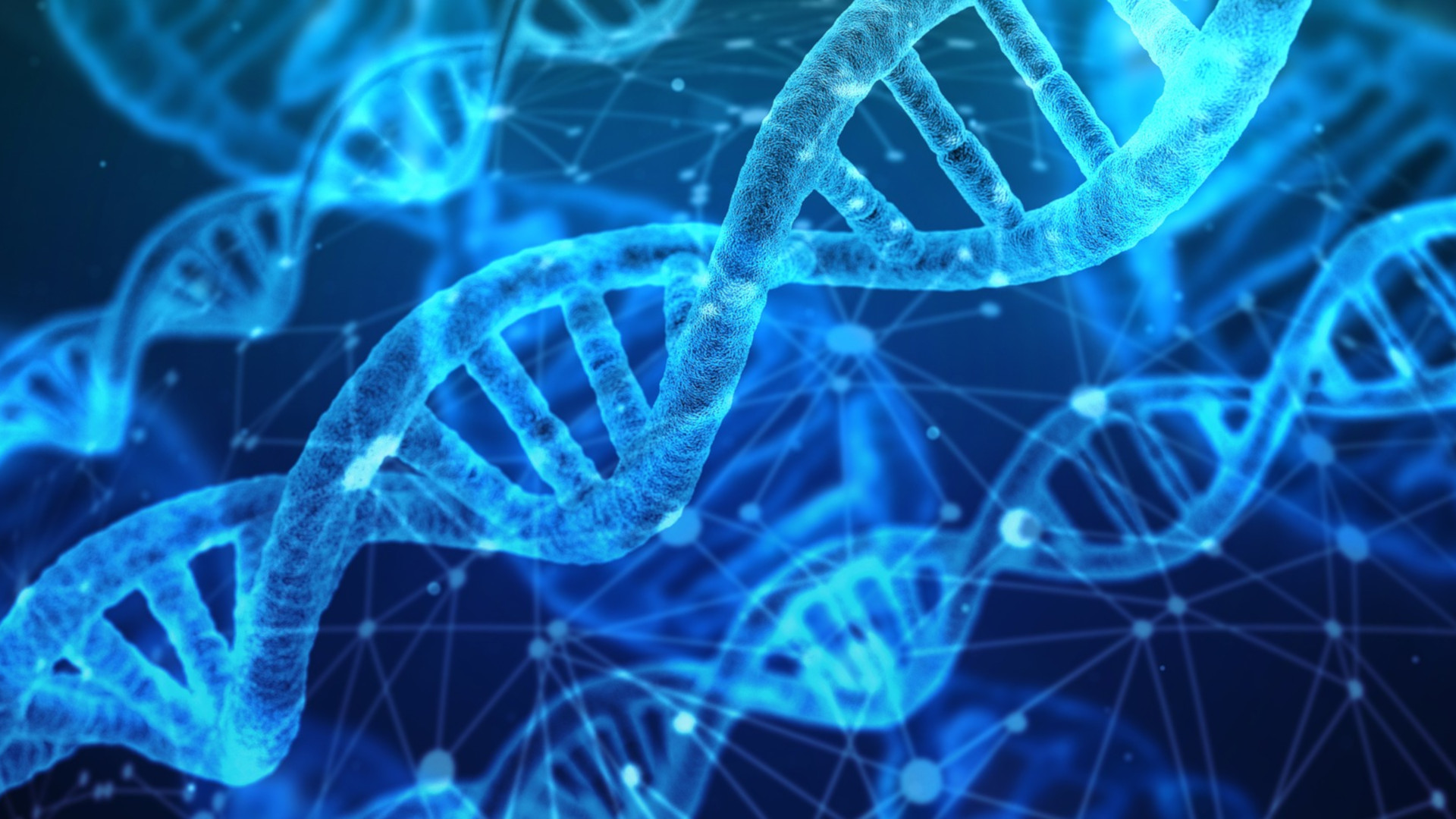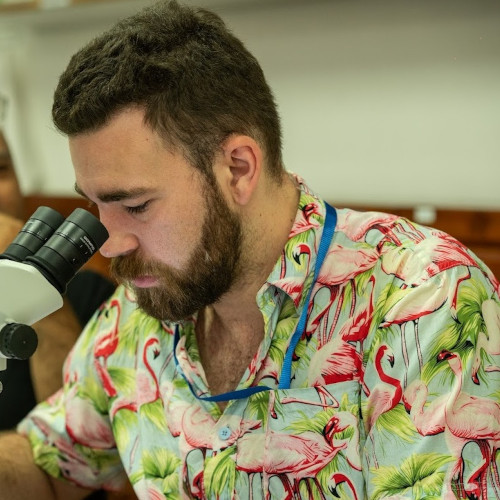Naturalists are quintessential parts of the countryside. With interests ranging from fossils to fungi, birds to buttercups, they’re the custodians of the living world. If a threatened plant declines or an invasive insect appears, more often than not it’s a humble naturalist who’s the first to sound a warning. In many ways they’re the front line in our battle to protect the natural world.
So what would happen if the naturalists themselves became an endangered species?
Sadly it’s already happening. In today’s world a large percentage of elderly naturalists are retiring and quickly vanishing from our wild places. Many academic biologists have lamented the decline of naturalists and taxonomists, with warnings from as far back as 20 years about the need to encourage future naturalists to enter the profession.
Their heirs apparent are a younger generation, many of whom are becoming increasingly disconnected from the natural world. A striking study in the journal Science found that school-age children could identify 80 percent of the Pokémon shown to them, while they only recognized 50 percent of local wildlife species.
It’s clear that a change is needed — a renaissance. But to bring about this rebirth of natural history, we must first understand how it’s undertaken today and how it might be revitalized in the future.
Natural history is a science based largely on observation. Although most naturalists know a great deal about many plants and animals, most favor a particular group over others. They spend time observing them and in doing so build a more complete picture of the lives these species lead and the roles they play in our ecosystems.
The unfortunate fact is that this sort of study is very time-consuming. Many naturalists spend countless years learning to recognize the tiny differences among particular species, and even more time sitting in the field observing them once they know how to tell them apart.
This is where the danger lies. As the number of known species goes up and the number of naturalists goes down, we inevitable end up with a natural history deficit — a shortfall wherein we know that a lot of species exist, but not much else about them.
Technology is helping to solve this problem. Since the start of the 21st century, DNA technology has become increasingly ubiquitous and correspondingly inexpensive. Biologists have used the technology for a range of purposes, but perhaps none is more vital to natural history than the practice of species barcoding.
Each organism has its own genome, made up of genes that are in turn made of DNA; this genome is essentially the “recipe book” used to build that species. However, some genes have more utility than simply constructing a species. Based on the speed at which these genes mutate over successive generation, they can also help tell us how distinct species are from each other. A number of these genes are what are called barcoding genes. Much like the unique barcode you find on a product in your local supermarket, these genes have a particular order that identifies the individual species to which they belong. So rather than sequencing the whole genome of a species, which is prohibitively expensive, we can examine these short sections of the barcoding genes to delineate and recognize species. Species barcoding allows biologists simply to screen the DNA of mystery organisms and quickly determine their identity, without having to spend years learning the subtle physical differences traditionally used to distinguish organisms.
Up until recently the technology required to undertake species barcoding has been too expensive for private citizens to own. In the past few years this has changed, as the equipment required has decreased in price and size. Now the average naturalist can assemble their own portable DNA barcoding lab for the price of a second-hand car. With this they can extract DNA, sequence it to get those precious species barcodes, and then compare them to the vast libraries of barcodes available online in global repositories like GenBank.
Species barcoding by citizen scientists could help spark the natural history renaissance we so desperately need, but what sorts of questions and issues could naturalists answer with the technology?
For one, the scats of cryptic or hard-to-catch species can be analyzed to yield their DNA, while smaller or less mobile organisms like plants and invertebrates can be analyzed whole to give their unique species barcodes. Through this a naturalist can determine the number of species in a given area simply by analyzing DNA in a back room or in the field. Going one step further, they can use these species barcodes to match the various life stages of animals like dragonflies, which start their lives as aquatic naiads in ponds and lakes before emerging as the adults we’re so familiar with. This can allow naturalists to study the lives of any species from beginning to end.

The diets of animals are notoriously difficult to study and require either long-term observations of feeding, detailed examination of the meagre remains in their scats, or a combination of the two. Observing feeding behavior is difficult because it’s often hard to identify all the different foods consumed by animals. Try stepping outside and trying to identify, at a distance, and to the species level, the invertebrates the little birds in your garden are preying on. It’s impossible. Identifying the contents of scats is equally challenging, and even the most accomplished naturalist cannot readily determine the contents to the level of species. Fortunately, with species barcoding it’s possible to identify, to species level, the contents of scats, and through this, the diets of those animals that produced them. This can reduce years of laborious field observation and scat examination down to a few weeks of collecting droppings, sequencing them and then matching those new sequences to known species.
Apart from diet, parasites are incredibly important to study when trying to understand an animal or plant. They are key to nutrient cycling and the regulation of some host populations. On top of this, each free-living host supports numerous parasite species that add a significant swath to Earth’s biodiversity. Naturalists trying to understand the diversity and ecology of parasites have often had a difficult time of it, owing to the great number of species, the difficulty with which they can be identified, and the often-complex nature of their life cycles. With species barcoding naturalists can begin to answer previously difficult questions like, which hosts do particular parasites live in, why are some threatened parasite species declining, and which parasites can move between domestic animals and wildlife. By examining these questions naturalists will not only help us better understand the functioning of our ecosystems but also the health of our wildlife.
Citizen scientists already contribute heavily to modern species understanding through programs such as iNaturalist, which allows users to upload photos and locations of any plants or animals they encounter. This work, which might start as a hobby and become more of a lifestyle, is becoming increasingly useful to academic scientists, as the data sets generated grow ever larger.
At this point in time we are on the edge of the democratization of DNA barcoding technology. Small devices like the iPhone-sized MinION DNA sequencer produced by Oxford Nanopore Technologies to read and record DNA sequences are already on the market for close to the same price as the latest smartphones. The first step toward the widespread use of DNA barcoding tech will likely come from community organizations and natural history societies that can leverage finds from members to set up small DNA barcoding tool kits for the collective use of members. Though increasingly cost is falling, as speed and efficiency rise we’ll see such tech spread to biology classrooms and private individuals soon enough.
Just as iNaturalist helps us determine where species live, species barcoding promises to revolutionaries the way we practice natural history. It’s cheap, accurate, and can help the next generation of naturalists answer some of the most complex questions of the living world. All that remains now is for us to start barcoding and lead the world into a natural history renaissance.
The opinions expressed above are those of the author and do not necessarily reflect those of The Revelator, the Center for Biological Diversity or their employees.
![]()



